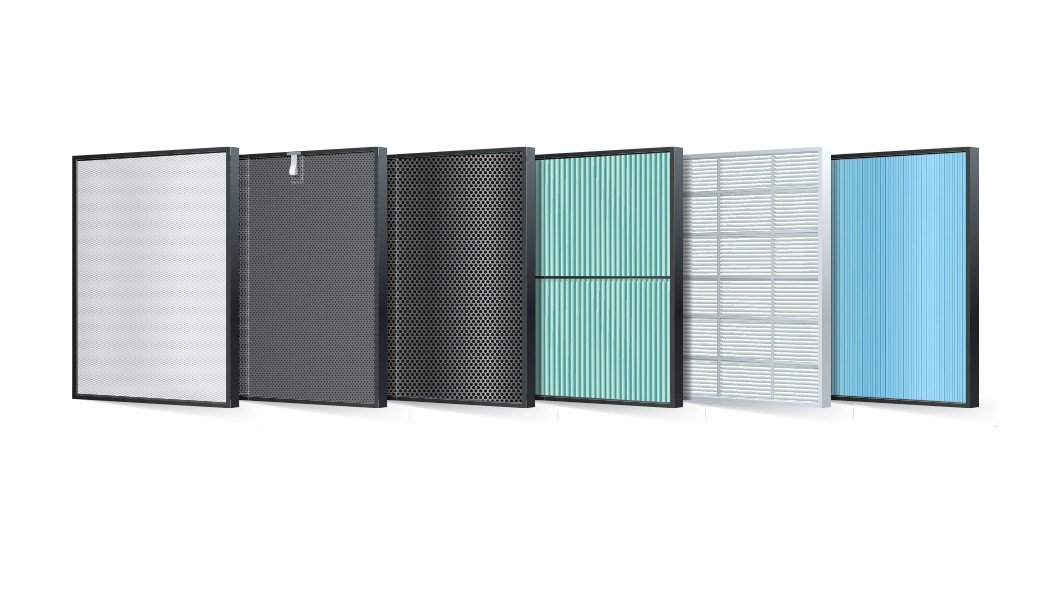When it comes to maintaining clean air in our homes and workplaces, understanding air filter efficiency ratings is essential. These ratings help you choose the right air filter for your specific needs, ensuring that you remove as many airborne pollutants as possible. But what do these ratings actually mean? Let's break it down.
Air filter efficiency ratings primarily refer to how well a filter can capture particles such as dust, pollen, pet dander, and smoke. The most common rating systems used are the MERV (Minimum Efficiency Reporting Value) scale and HEPA (High Efficiency Particulate Air) classification. MERV ratings range from 1 to 16, with higher numbers indicating better filtration capabilities. Filters rated MERV 1-4 are more suited for basic dust and lint, while those rated MERV 8 and above are better for allergen control.
On the other hand, a HEPA filter must meet specific criteria to be considered “high efficiency.” It must capture at least 99.97% of particles that are 0.3 microns in size or larger. This makes HEPA filters excellent for trapping tiny particles that other filters might miss, making them a popular choice for those with allergies or respiratory issues.
Understanding air filter efficiency ratings can also guide you in balancing filter performance with airflow. A high-efficiency air filter might do an excellent job at trapping pollutants, but if it restricts airflow too much, it can strain your HVAC system. Therefore, it’s crucial to choose a filter that aligns well with both your air quality requirements and your heating or cooling system's specifications.
How Efficiency Is Measured
The MERV rating ranges from 1 to 16, with higher numbers indicating a greater ability to trap smaller particles. For instance, filters with a MERV rating of 1-4 are generally less efficient and mainly capture large dust particles. On the other hand, MERV ratings of 13-16 are capable of capturing very small particles, making them ideal for environments where air quality is a top priority.
HEPA filters, which must meet specific standards set by the U.S. Department of Energy, are rated to capture at least 99.97% of particles that are 0.3 microns in size. This makes them an excellent choice for anyone with allergies or respiratory issues. Meanwhile, the CADR rating provides a measure of how quickly an air filter can remove specific contaminants from the air, such as smoke, pollen, or dust. Higher CADR ratings mean faster removal, contributing to overall air quality improvement.
Understanding air filter efficiency ratings helps consumers make informed choices when selecting an air filter. Whether you prioritize capturing allergens, dust, or even smoke, knowing how these ratings work can guide you to the filter that best meets your needs.
Common Rating Standards Explained
When shopping for an air filter, you may come across various standards and ratings that can be confusing. Understanding these air filter efficiency ratings can help you make an informed decision. The most commonly referenced standards include MERV, HEPA, and AHAM ratings. Each of these offers insight into how effectively an air filter can remove airborne particles from your indoor environment.
MERV, or Minimum Efficiency Reporting Value, is a rating system that ranges from 1 to 16. Filters with a higher MERV rating are better at trapping smaller particles, such as pollen, dust mites, and pet dander. For typical home use, a filter with a MERV rating between 8 and 13 is considered ideal, as it balances efficiency and airflow without overly straining your HVAC system.
HEPA, which stands for High-Efficiency Particulate Air, is another important standard, especially for those with allergies or asthma. A true HEPA filter must capture at least 99.97% of particles that are 0.3 microns in size. This makes HEPA filters excellent for removing pollutants like smoke, pet hair, and mold spores from the air, providing a cleaner and healthier living environment.
Lastly, AHAM, or the Association of Home Appliance Manufacturers, provides a rating system that measures an air filter's Clean Air Delivery Rate (CADR). This rating indicates the volume of air purified per minute for different types of contaminants: smoke, dust, and pollen. A higher CADR means better performance, allowing you to choose an air filter that meets your specific needs regarding air quality.
Choosing the Right Filter For You
When it comes to maintaining good air quality in your home, selecting the right filter is essential. With so many options available, it can be overwhelming to decide which one best fits your needs. Air filter efficiency ratings can help you make an informed choice. These ratings indicate how well a filter captures particles, which directly impacts the air you breathe.
Firstly, consider the type of pollutants you want to minimize. If you're concerned about allergens like pollen and pet dander, look for filters with high air filter efficiency ratings, such as HEPA filters. These filters are designed to trap even the smallest particles, providing cleaner air for your living space. On the other hand, if you're mostly focused on larger particles, standard fiberglass filters might suffice.
Another factor to keep in mind is your HVAC system's compatibility with different filters. Some high-efficiency filters might restrict airflow too much for certain systems. Always check your system's specifications before making a purchase. Higher air filter efficiency ratings usually mean better filtration but can also mean more frequent changes and potential strain on your system.
Lastly, don’t overlook maintenance. A filter that boasts impressive air filter efficiency ratings won’t be effective if it’s clogged or dirty. Regularly changing your filter according to the manufacturer’s recommendations is crucial to ensure optimal performance. By taking these steps, you'll ensure that you choose the right filter for your home and maintain great air quality for you and your family.
